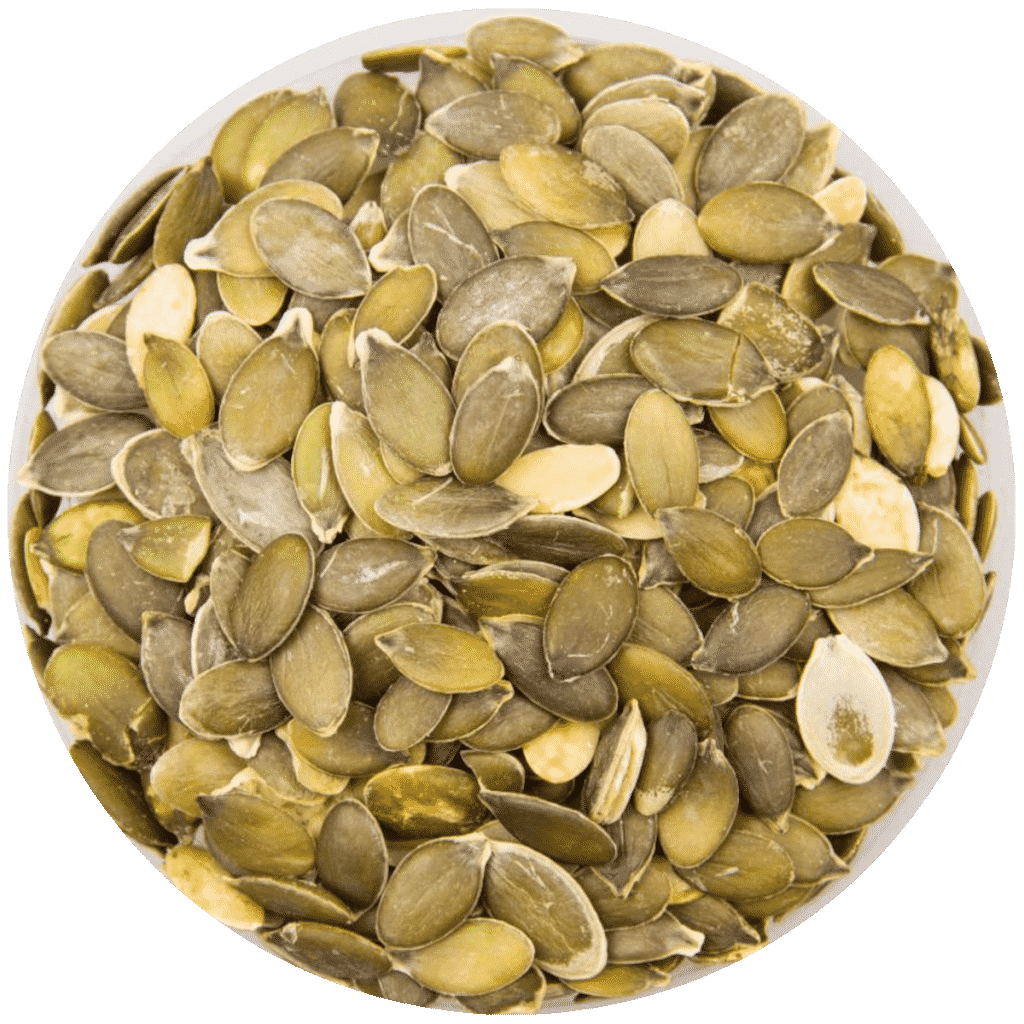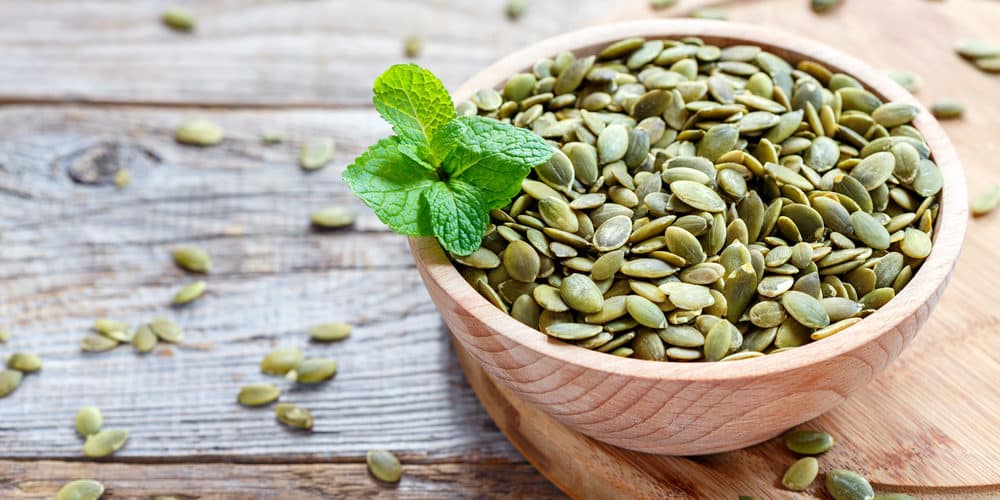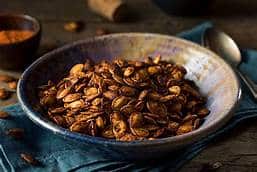
Focus on pumpkin seed
The squash originates from America where it has been cultivated since the 13th century. History tells us that the Indians used it to treat enuresis in children and that the colonists consumed pumpkin seed powder as a vermifuge to treat gastro-intestinal diseases.
Classified as a health food, pumpkin seeds are full of vegetable proteins, minerals, vitamins A, B1, B2, and unsaturated fatty acids.

Benefits of pumpkin seeds
They help fight diabetes: pumpkin seeds reduce the absorption of sugars in the body, thus helping to fight diabetes and restore normal blood sugar levels in the body.
They improve your intestinal problems: known for their intestinal antiparasitic virtues, they help fight against worms and allow a better intestinal transit.
They reduce urinary disorders: thanks to their anti-inflammatory and diuretic actions, pumpkin seeds are recommended in traditional medicine to treat urinary infections or incontinence.
Pumpkin seeds relieve menopausal symptoms by fighting hot flashes.
They increase fertility in men: their antioxidant power helps to stimulate the creation and quality of spermatozoa.
They solve sleep problems: pumpkin seeds contain tryptophan, an essential amino acid, which improves sleep and acts on mood and morale.
They help to reduce depression: their composition increases the presence of the happiness hormone, serotonin, in the body, thus reducing
stress, nervousness and depressive states.
They help to treat benign prostatic hypertrophy: their diuretic power helps to soothe bladder irritation, without reducing the size of the prostate. They are especially recommended for the prevention of prostate diseases.
Finally, their antioxidant properties also protect blood vessels and vision, and prevent hair loss, cardiovascular disease, tooth decay and bad cholesterol.
How to eat pumpkin seeds?
The pumpkin seed can be eaten plain as an aperitif, added to your salads, soups, gratins, etc.
They can also be added to cakes, biscuits or bread recipes to enhance the flavour. Sigdal Pumpkin Seed Crunch itself consists of 46% seeds, of which 11% are pumpkin seeds.

You can roast the pumpkin seeds in a pan or in the oven.
To cook in a frying pan, heat the pan without fat on a high heat before pouring in the seeds. Cover immediately as the seeds will pop like popcorn and lower the heat. Stir regularly. Turn off the heat when the seeds are golden.
To bake, preheat the oven to 160°C. Place the pumpkin seeds on a baking tray, place in the oven and cook for about 15 minutes. Stir your pumpkin seeds every 5 minutes.

